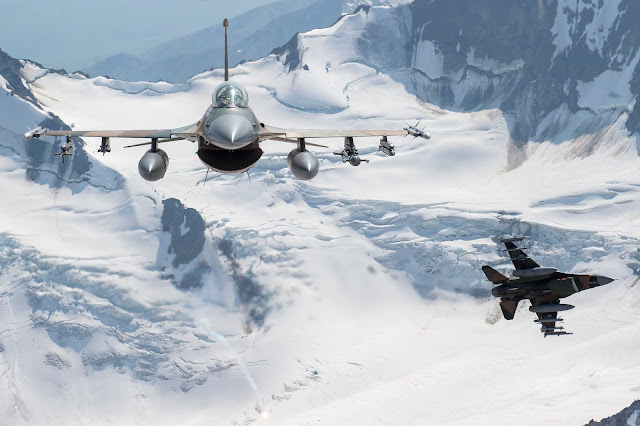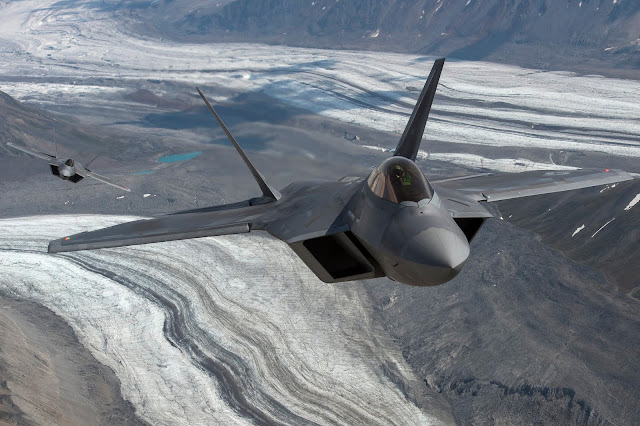Australia Headquarters Air Command SO3 Military Public Affairs
For the first time, No. 36 Squadron (36SQN) has worked to get United States Air Force (USAF) C-17A Globemasters back into the air under a new cross-servicing arrangement. (Courtesy photo)
Australia —
For the first time, No. 36 Squadron (36SQN) has worked to get United States Air Force (USAF) C-17A Globemasters back into the air under a new cross-servicing arrangement.
Technicians from 36SQN were able to assist the crews of two USAF C-17As on separate tasks in Australia.
The work came following both countries agreeing to a C-17A Aircraft Repair and Maintenance Service - Implementing Arrangement (ARMS-IA), which allows RAAF and USAF technicians to work on each other’s C-17As.
On 4 July , ARMS-IA was enacted to help support a USAF C-17A at RAAF Base Richmond.
Warrant Officer (WOFF) Pete Ranson, Warrant Officer Engineering at 36SQN, said the request for assistance came via the Boeing Defence Australia representatives at RAAF Base Amberley.
“We supplied a co-pilot Multi-Function Control Panel for the cockpit, fitted it and carried out the associated operational checks to verify the replacement,” WOFF Ranson said.
“After that rectification, another unserviceability appeared, and was successfully rectified.”
This issue related to a Secondary Flight Control Computer, and saw 36SQN engage fellow RAAF technicians at 37SQN for tooling and consumables.
Throughout the repair on the USAF C-17A, RAAF and USAF technicians worked side-by-side.
“The issues with the affected aircraft were outside the expertise of the USAF maintenance personnel on that task,” WOFF Ranson said.
“The USAF aviation technician trades are more specialised than the RAAF, where we stream to either Aircraft Technician or Avionics Technician.”
“We carry a broader experience in a range of tasks, and 36SQN maintenance personnel were able to guide the USAF counterparts in rectifying the jet.”
The fix at RAAF Base Richmond came just days after 36SQN technicians assisted another USAF C-17A with a suspected fuel leak fault at Rockhampton.
“On that occasion, we sent maintenance personnel to troubleshoot the problem,” WOFF Ranson said.
“We found it was a faulty valve and not a fuel leak from the tank, which gave confidence to the USAF crew that they could carry on to an appropriate location to replace the valve.”
Group Captain (GPCAPT) Steve Pesce, Officer Commanding No. 86 Wing, said the work of 36SQN technicians had immediately validated the ARMS-IA.
“The ARMS-IA recognised the close relationship between RAAF and USAF C-17A communities, and the reality that we operate this aircraft a long way from home,” GPCAPT Pesce said.
“Both of these examples witnessed a C-17A getting back on a task much sooner than would have been otherwise possible, which is invaluable support.”
“I am very proud of the 36SQN team for the assistance it’s rendered to its USAF counterparts.”
This article is courtesy of Australia Headquarters Air Command SO3 Military Public Affairs)


















































